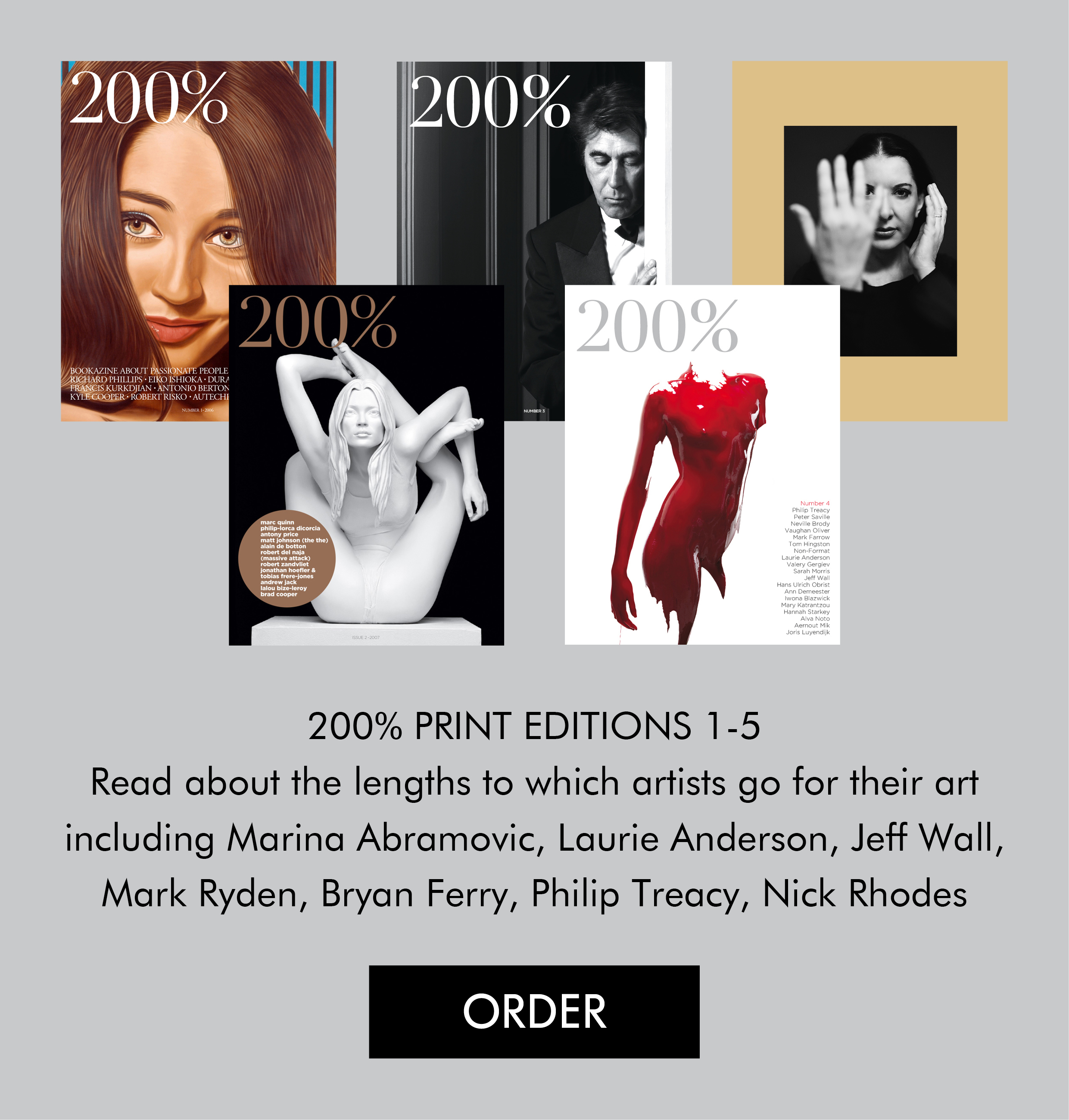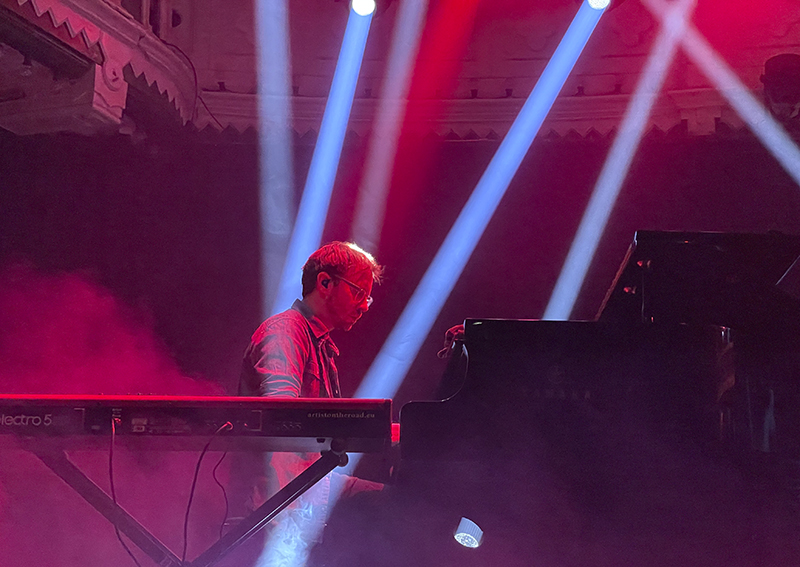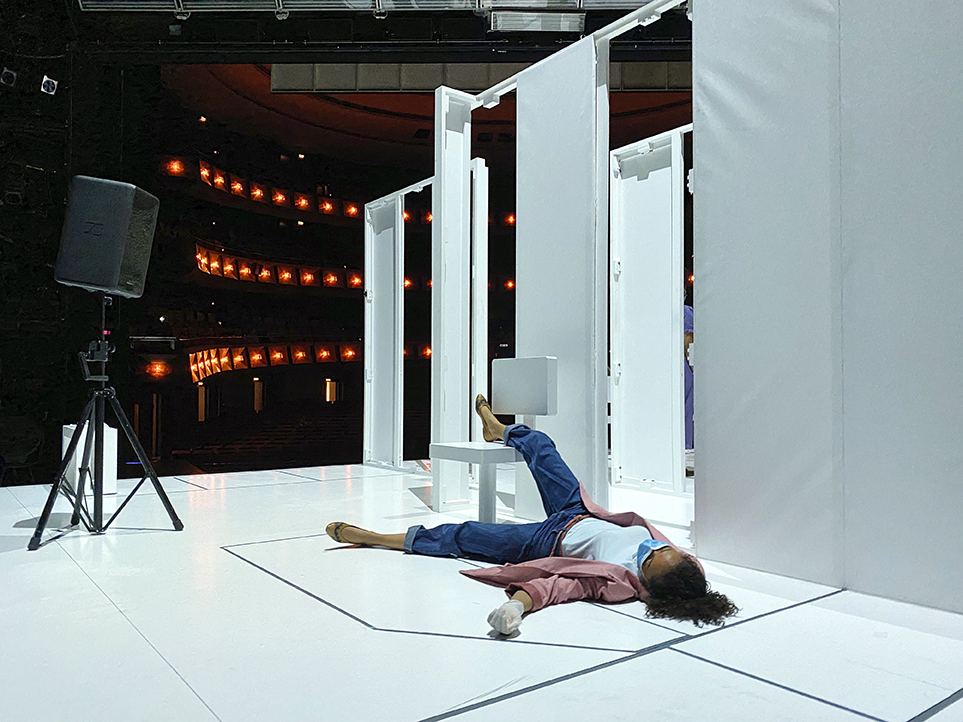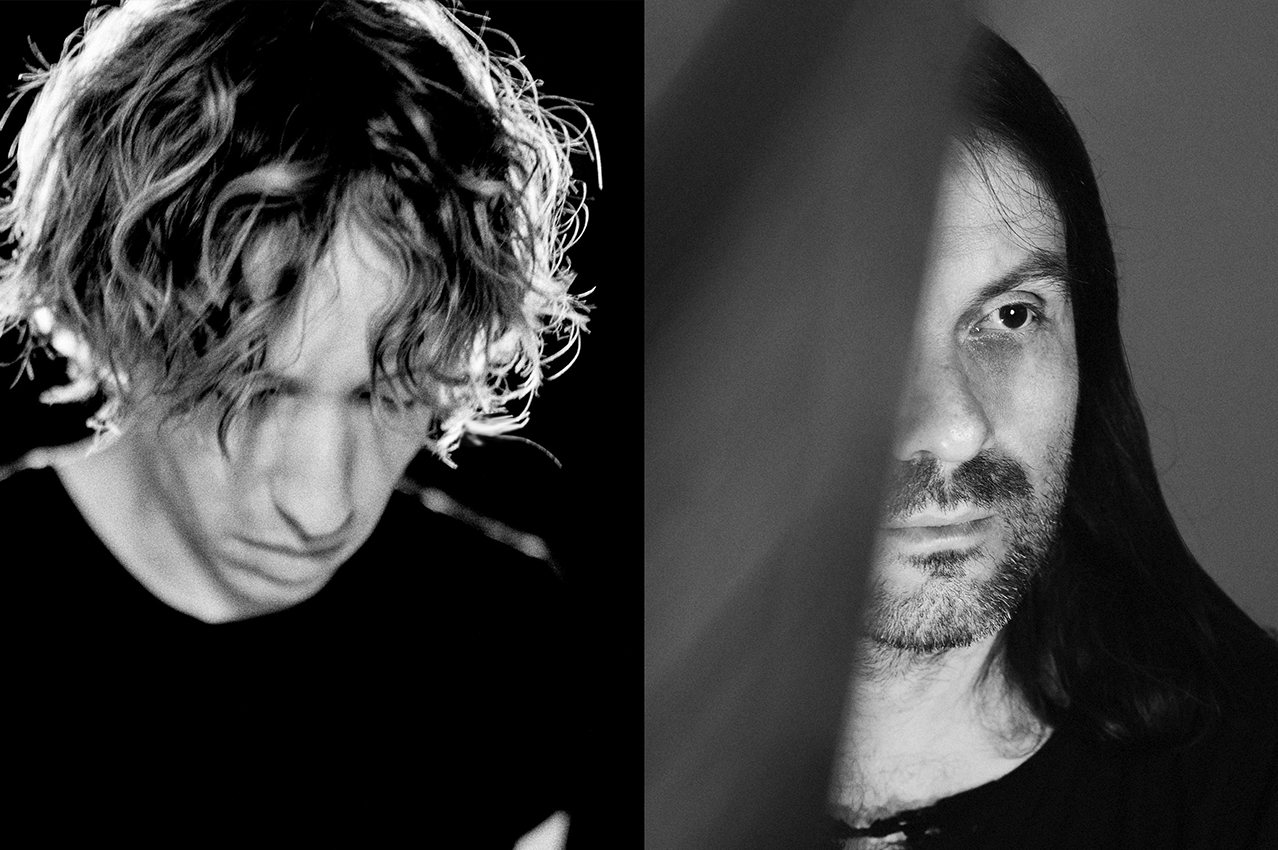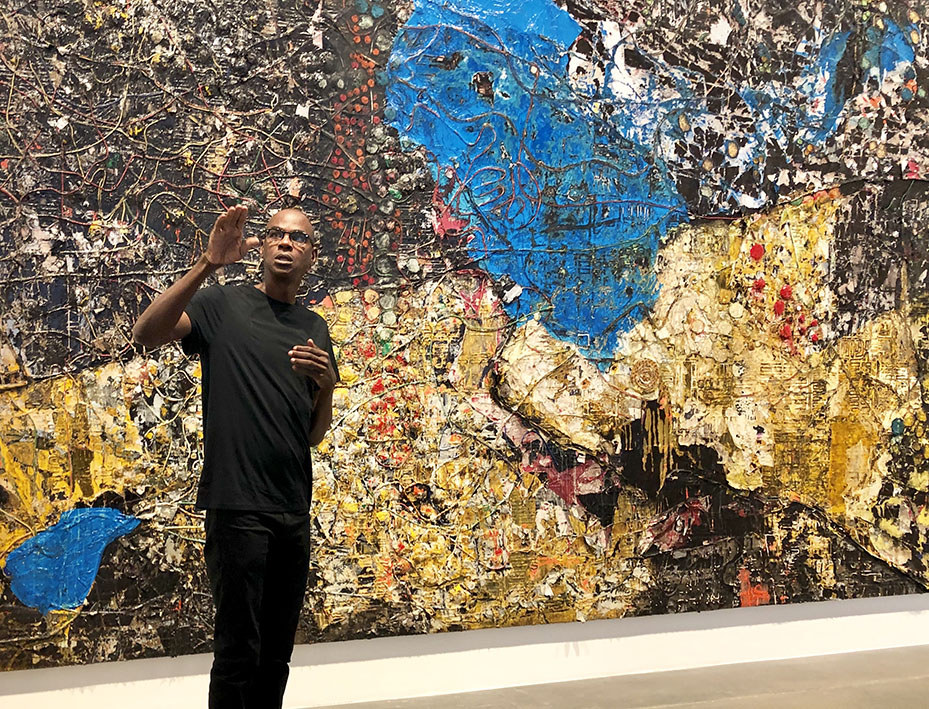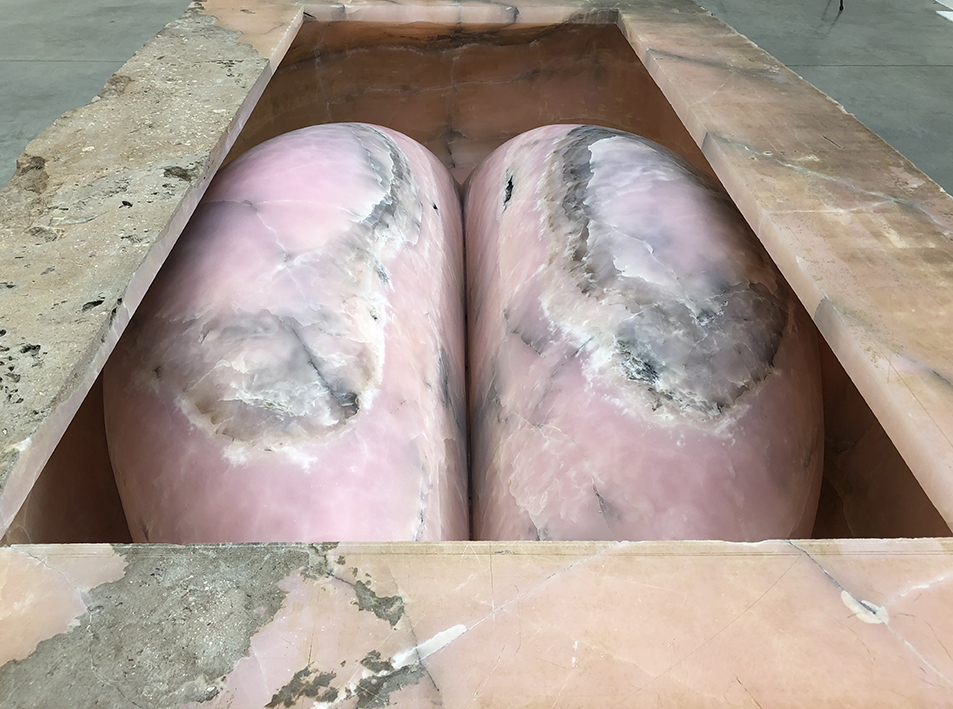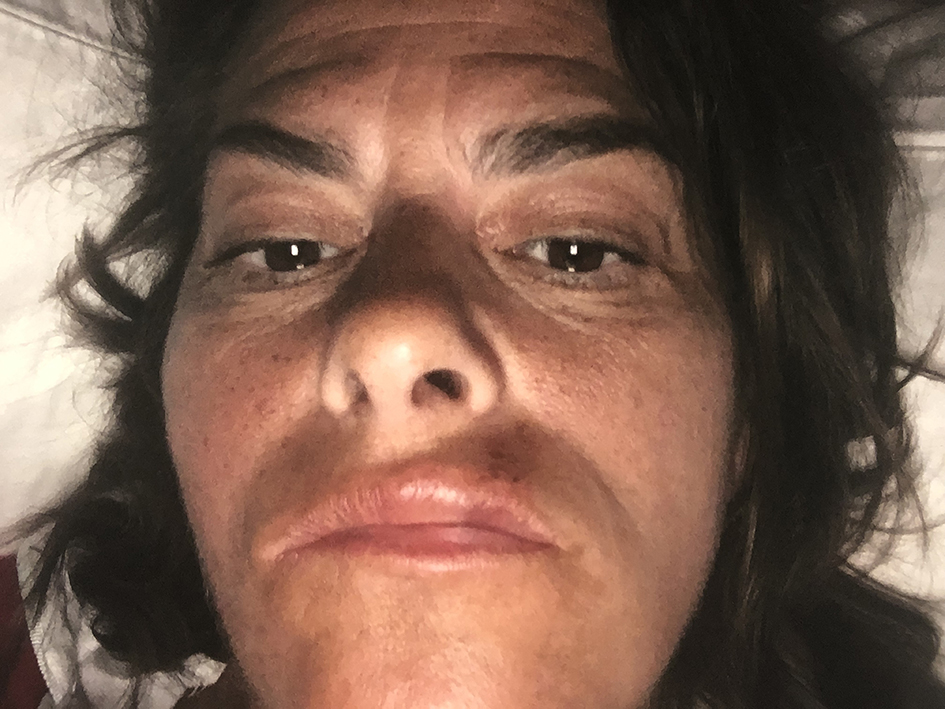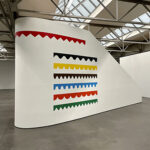 Last month the Centre for Contemporary Art in Rotterdam, Witte de With, organised the symposium ‘I Am For An Art Criticism That…’ (The title refers to Claes Oldenburg’s 1961 manifesto ‘I Am for an Art’). During the afternoon, various live discussions were staged with the aim “to cover, and uncover, the fertile ground between arts and journalism”.
Last month the Centre for Contemporary Art in Rotterdam, Witte de With, organised the symposium ‘I Am For An Art Criticism That…’ (The title refers to Claes Oldenburg’s 1961 manifesto ‘I Am for an Art’). During the afternoon, various live discussions were staged with the aim “to cover, and uncover, the fertile ground between arts and journalism”.
Witte de With has an esteemed reputation for organising stimulating symposiums. In 2009, under the directorship of Nicolaus Schafhausen, they presented a program of three symposia, titled ‘Rotterdam Dialogues: Critics, Curators, Artists’. For ‘The Curators’, a symposium on the practice of curating, Schafhausen and his team managed to present an illustrious group of internationally acclaimed curators that included Hans Ulrich Obrist, Carolyn Christov–Bakargiev, Beatrix Ruff and Iwona Blazwick. Together with the invigorating lectures and debates, there was a lively stage interview conducted by the Director of De Appel Art Centre, Ann Demeester and the provocative Belgian curator Jan Hoet. Conducting a stage interview that is also engaging for the audience is an art in itself.
For ‘I Am For An Art Criticism That…’ the new director of Witte de With, Defne Ayas, and associate curator, Amira Gad, managed to present an eminent line-up of participants, including Brian Kuan Wood, editor and co-founder of e-flux journal, Jörg Heiser, associate editor of Frieze magazine, Aimee Lin, former editorial director of the Contemporary Chinese art magazine ‘Leap’, and Carol Yinghua Lu, a Chinese curator.
According to some of the panelists the future for art criticism is moving towards the red alert category. Some of them raised concerns as to whether “the art critic will become extinct; why art criticism has lost its podium [in the media]; and how the funding cuts in the arts sector has impacted art criticism”.
The most informative panel discussion of the afternoon was ‘I am for an art criticism that is independent’, which addressed issues such as funding in art journalism and the place of art writing within the art field.
Brian Kuan Wood delivered a stimulating contribution to the debate with a short statement that he read out in response to the question of the independence of art criticism and he warned against a certain kind of melancholic return to the way that things were. “Any discussion about the independent position of art criticism, it can be useful to remember how the last moments of the new left in the West was characterized by a simultaneous demand for security and for economy. Security guaranteed by state support and autonomy as a lack of interference in content, this model has functioned quite successful in many European countries until recently when the security provided by the state has diminished leaving many artists and critics perhaps more autonomous, more independent than they would like to be in. In this sense I think it’s important to approach this question of the independent critic not as an ideal or something to strive towards, but actually as a position a critic or an artist has little choice in […] It’s too simple too blame it on the art market, in fact the art market is producing a very complex ecology.”
The fact that this discussion was lively is a credit to Hrag Vartianen, the moderator of this panel. He kept the participants on topic, didn’t shy away to provoke them by posing specific, poignant questions, and initiated debate amongst the panelists which made it engaging for the audience to watch.
After this discussion 200% sat down with two Chinese participants of the symposium, Carol Yinghua Lu and Aimee Lin.
Lu, who participated in the panel discussion ‘I am for an art criticism that is universal’ strongly disagreed with co-panelist Anna Tilroe, when she argued that art criticism is a Western concept. “If that is the case, why am I invited here?” Lu’s questioned. “Carol Yinghua Lu is a lucid thinker, something of which unfortunately there are only few in contemporary China”, Defne Ayas comments. “Her writing, which can be often read as archeological excavations into untapped Chinese histories, is remarkable and always conveys a sense of urgency. With her partner Liu Ding, they form a formidable team of intellectual force to reckon with”.
We discussed with Lu art criticism in China; the level of art critical writing in China; whether art criticism has changed as a result of the rise of blogs; and if Facebook can be a tool for art criticism to engage with people?
 200%: What did you think of the symposium and the level of discussions taking place?
200%: What did you think of the symposium and the level of discussions taking place?
Carol Yinghua Lu: The symposium raised important questions about art criticism and generated interesting meetings and critical debates around the state of art critical writing today. I will go home with an excited mindset and an eagerness to explore the discussion further.
200%: The booming contemporary art-scene in Beijing and Shanghai is fueled by China’s new money, as well as record prices people in the West pay for Chinese art. Do you think that contemporary art in China is now in greater need of serious curating, scholarship and criticism than ever before?
CYL: I think there always will be a need for dedication and serious consideration into curating and critical discussion about artistic practice, whether it was in the 1980s when there was not yet a fully thriving market for art or in the late 1990s and the middle of 2000 when there was a booming market.
Now, when there is not such a boom you hear from people, who are deeply involved in the commercial side of art, that there is a great sense of depression and concern about the amount of sales in the art market. Thus, it is not necessarily a positive moment for the commercialization of art in China. Despite all of these transformations, however, serious scholarship and critical reflection is forever crucial to artistic practice.
200%: Are Chinese art students educated about the Western ideas on art criticism?
CYL: Hardly any art academy in China offers a critical course on contemporary art or ideas. In the past there was serious art historical training, but that ended in the 1940s and 1950s with the rise of communism. There is a lacking of context now. At the same time, though, artists, critics or curators working in China have the possibility to travel, to have contacts with colleagues from all over the world. Art magazines such as Art Forum translate some of their content into Chinese for their website. It is not, therefore, a situation of complete isolation. There are a lot of opportunities to connect and there is also a lot of self-reflection being generated among artists and practitioners in China. It is not that the ideas only come from outside. There are ideas being generated internally also. It is a very fluid and mixed situation.
 200%: In what type of art criticism do you believe?
200%: In what type of art criticism do you believe?
CYL: I believe in art criticism as a matter of practice, as an awareness that has always been present amongst practitioners and artists. In China, at the beginning of the 1990s, the artists Ai Weiwei and Xu Bing, curator Feng Boyi and a sponsor named Zeng Xiaojun, started a series of publications entitled ‘Black Cover’ (1994), ‘White Cover’ (1995) and ‘Grey Cover’ (1997). It consists of three books featuring interviews with contemporary Chinese artists that actually began to create a platform for critical art writing. It acquired a position in the field of artistic practice. There was a moment when the artists and the curators felt the urge to create this platform on their own.
200%: Has art criticism changed as a result of the rise of blogs?
CYL: Perhaps the use of blogs will increase the accessibility and awareness of art criticism. Within the profession, though, I don’t think it affects or changes anything. For me art critical writing is still something like an act of practice.
200%: It is a strange phenomenon that with Facebook you can achieve thousands of reactions on any subject, even art. Isn’t that the perfect tool for art criticism to engage with people?
CYL: I don’t think so as Facebook is a form of comment and giving opinions. I don’t want to be arrogant about being an art critic but not everyone can be an artist or a doctor or a carpenter. Not every piece of writing on art is art criticism. People feel the urge to respond to that which is posted on their wall is due to a matter of feeling, being involved, rather than being isolated. It’s about being connected.
200%: When you look at art globally, are you ever conscious of art and artists trying to survive and speak out in countries where self-expression is not encouraged? For example, some political ideologies believe that individualism is dangerous and that art should speak for the collective – in other words, look outwards rather than have an introspective look into the mind and soul of the artist?
CYL: I am advocating the importance of the individual voice and the individual experience when we look at art or social issues. For my participation in the ninth Gwangju biennale in South Korea in 2012 I curated a section titled ‘Back to the individual experience’. I was trying to say that whatever we try to discuss, particularly in the realm of art, it is individual subjectivity that matters much more than the larger social collective or context. I am very aware and a strong advocate of the individual.
200%: At what level do you consider art critical writing in China to be these days?
CYL: There are many problems with art critical writing in China. I have tried to read a lot of writing that is available in China and also participated in discussions but it frustrates me: these critics don’t speak like a human being. They are speaking like a God, in a position of a superior being and they are patronizing art. They are using very elaborate terms to describe something that is very basic, that is just in front of you, but they can’t even use the normal human way to write about this art. I don’t believe in this kind of art criticism. I have problems with this way of discussing art.
 200%: If you look at the discussions at the symposium today, isn’t it like a snake biting it’s own tail?
200%: If you look at the discussions at the symposium today, isn’t it like a snake biting it’s own tail?
CYL: From an audience point of view it’s a crisis. Art has the ability and the autonomy, but doesn’t take up the role of the interpreter. I think it is a mutual dependence: without art there would not be art criticism, so don’t forget the art.
200%: Most artists differ with the interpreter about the meaning of a work of art.
CYL: Yes, but that does not make it more or less. Art criticism has no responsibility to make art larger than what it is.
200%: How would you finish this sentence: I am for an art criticism that is…?
CYL: Honest, subjective and creative!
Interview written and conducted by Marcel Harlaar, Introduction by Thierry Somers. Image: Martin Dijkstra (published in 200% #3 as the art work for an interview with the Art Critics Adrian Searle, Hou Hanru, Peter Schjeldahl and Matthew Collings.
Forthcoming post: Aimee Lin

